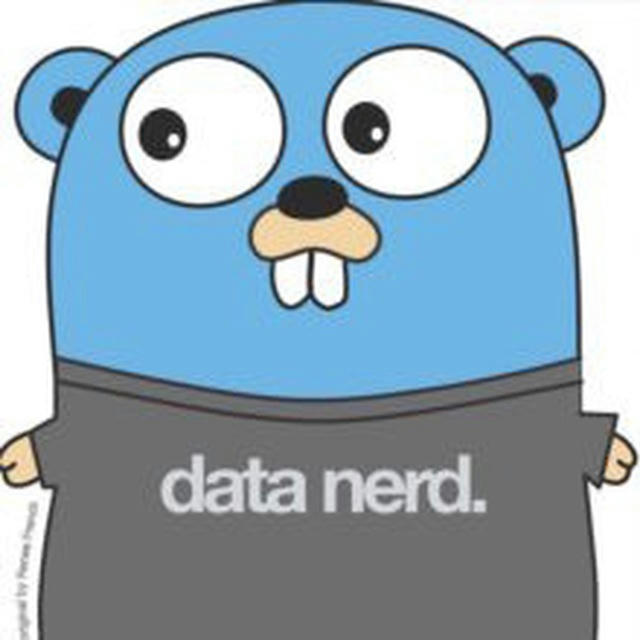
BackEnd Stuff
Everything on Go and BackEnd by @ostotsky
إظهار المزيد- المشتركون
- التغطية البريدية
- ER - نسبة المشاركة
جاري تحميل البيانات...
جاري تحميل البيانات...
Fourteen years after the launch of Go, there is much to think about. With the benefit of hindsight, this talk explores some of the lessons learned from Go's progress so far: not just the things that went well but also the things that could have been done better. Slides:
https://docs.google.com/presentation/d/1_-HnEBC_wSrywgMHwKtOBr0wuWYqGw9WqF261mHNlG4/edit?usp=sharingBlog Post:
https://commandcenter.blogspot.com/2024/01/what-we-got-right-what-we-got-wrong.htmlAbout Rob Pike: Rob is a co-creator of the Go language (with Ken Thompson and Robert Greisemer). At Bell Labs he was involved in the creation of the Plan 9 from Bell Labs and Inferno operating systems, as well as the Limbo programming language. He is also the co-author (with Brian Kernighan) of The Practice of Programming and The Unix Programming Environment. He is co-creator (with Ken Thompson) of UTF-8.
Diego Ongaro, creator of Raft. Check out more videos and event details here:
https://coreos.com/fest/Begin with the basics to understand Docker and Kubernetes networking: learn how to create and interconnect network namespaces using standard Linux tools.
Hands on environments teaching how Cilium, Hubble, and Tetragon are used for networking, observability, and security
CRDTs don't have to be all academic papers and math jargon. Learn what CRDTs are and how they work through interactive visualizations and code samples.
Pivotal moments in database durability, I/O, systems programming languages and testing techniques, and how they influenced our design decisions for TigerBeetle. This is the pre-recording of our talk, which was later given live at QCon London '23, in the Innovations in Data Engineering track hosted by Sid Anand... and a stone's throw from Westminster Abbey! The live QCon talks were in-person only this year, and were not recorded, but thankfully, we stuck to the script, so that what you see here is what you would have seen, if you had been there. The cover art is a special illustration by Joy Machs. We wanted to bring together the London skyline to showcase old and new design in the form of the historic London Bridge alongside the futuristic Shard. If you happen to be in London, take a walk across the Millennium Footbridge, and see if you can see Joy's vision as you look across the water. Thanks to Sid Anand for the special invitation. It was an honor to present TigerBeetle alongside DynamoDB, StarTree, Gunnar Morling, and our friends in the Animal Database Alliance: Redpanda and DuckDB!
https://qconlondon.com/presentation/mar2023/new-era-database-design-tigerbeetle